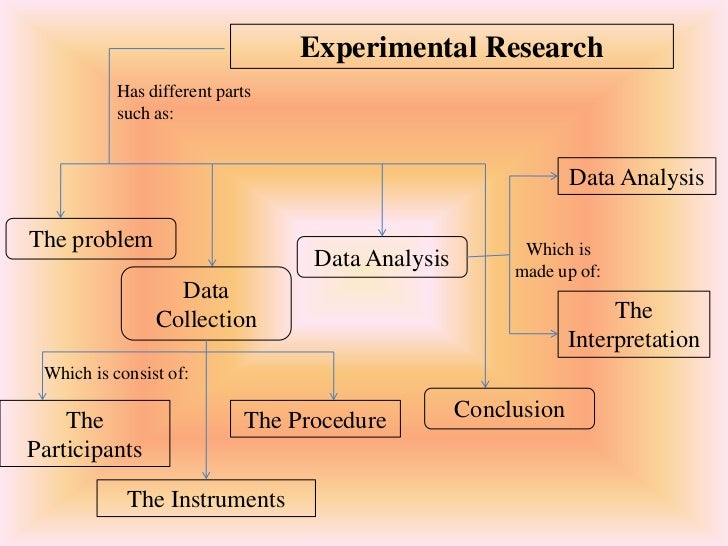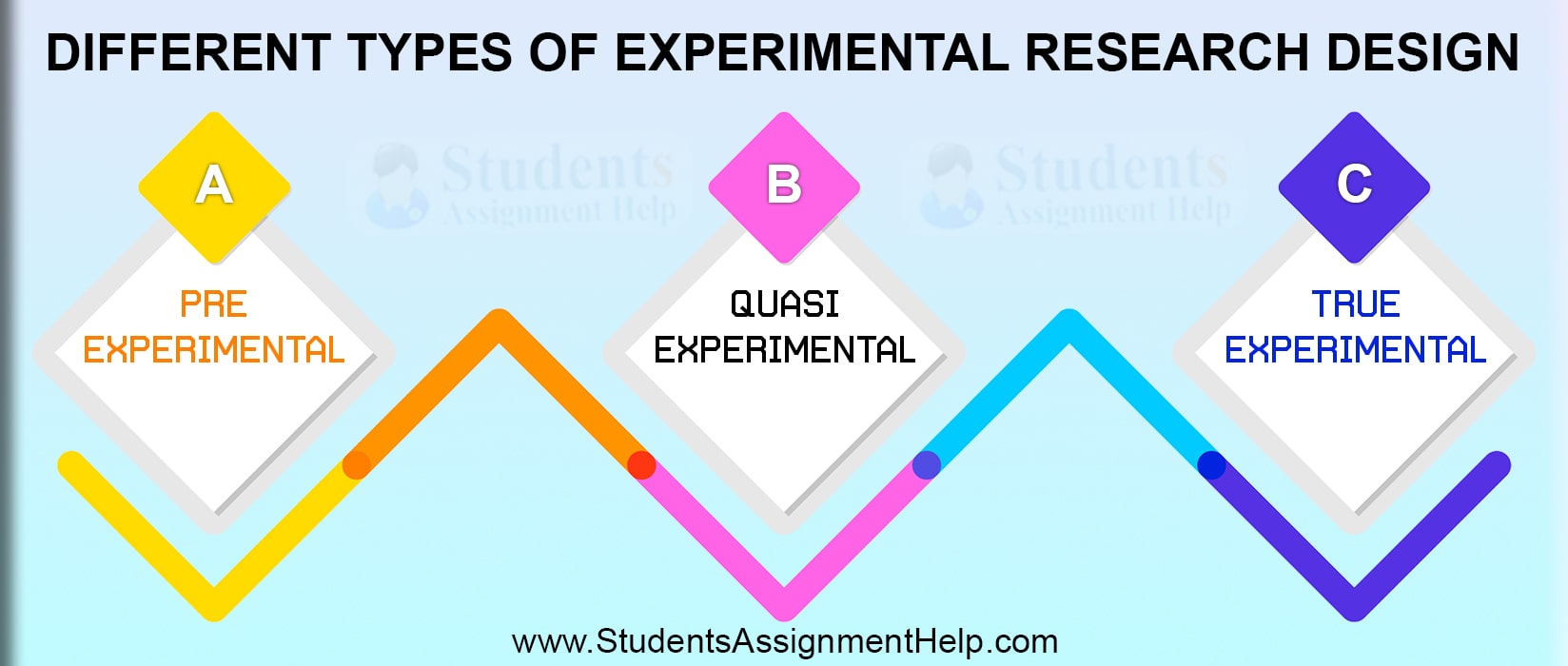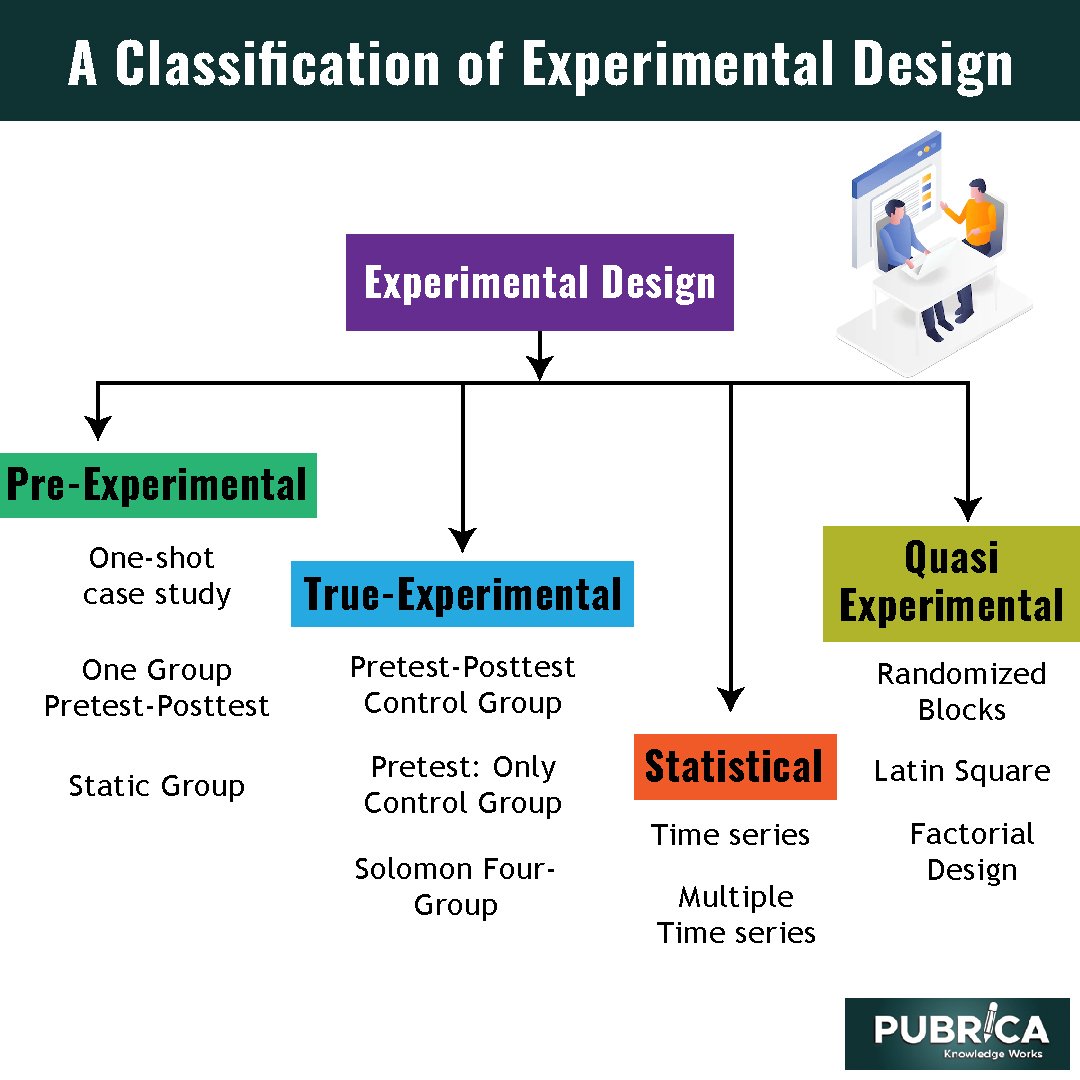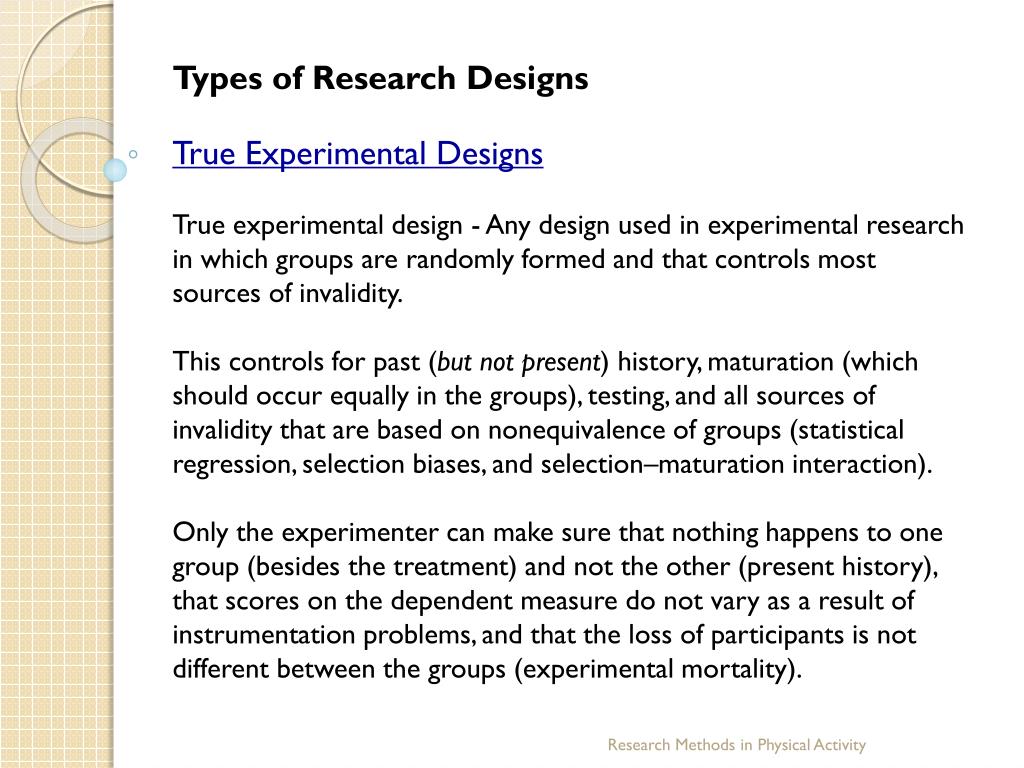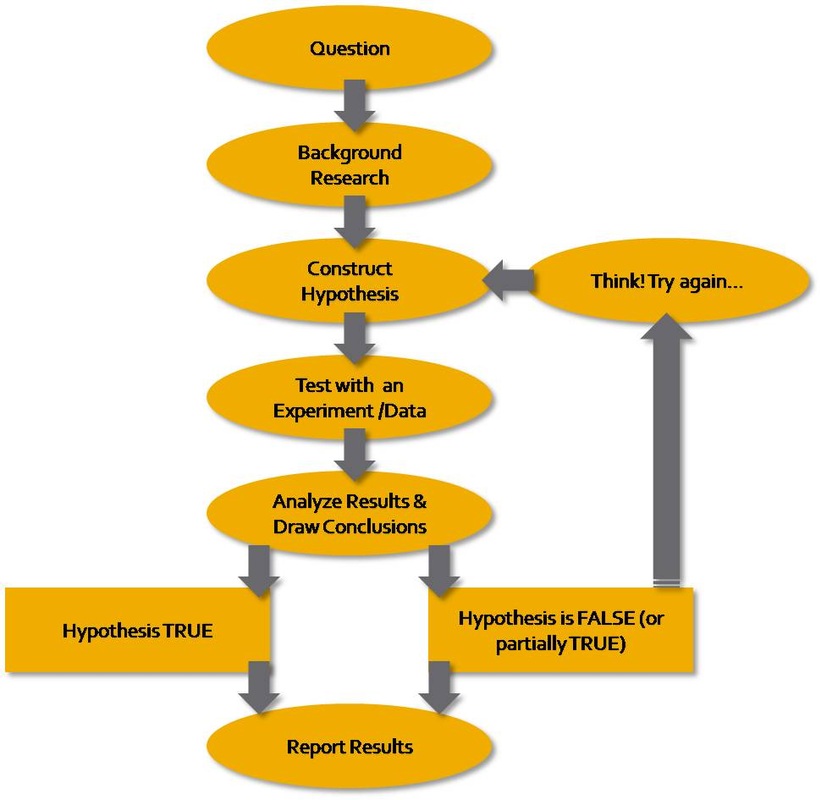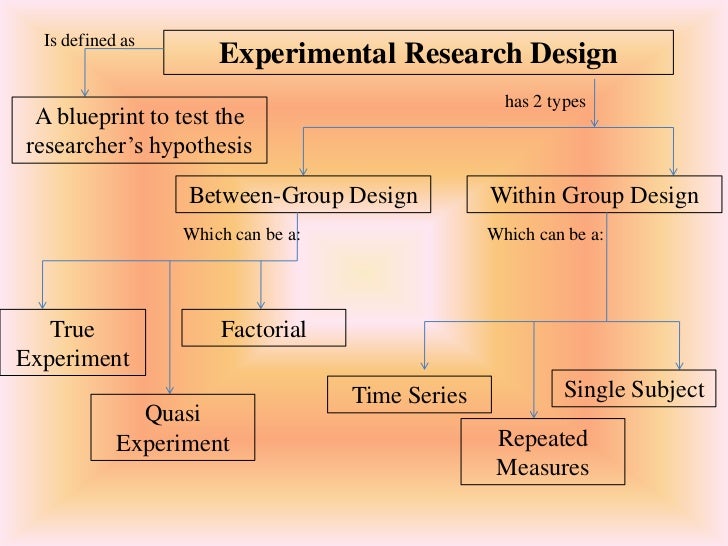How To Design Experimental Research
How To Design Experimental Research - An experimental research design helps researchers execute their research objectives with more clarity and transparency. With various types of designs and methods, researchers can choose. Types of design include repeated measures, independent groups, and. Mostly related to a laboratory test procedure, experimental research designs involve collecting quantitative data and performing statistical analysis on them during research. Therefore, making it an example of quantitative. Consider your variables and how they are related; A good experimental design requires a strong understanding of the system you are studying. Experimental design refers to how participants are allocated to different groups in an experiment. Experimental design is fundamental to conducting rigorous and reliable research, offering a systematic approach to exploring causal relationships. In this article, we will not only discuss the key aspects of experimental research designs but.
Experimental design refers to how participants are allocated to different groups in an experiment. Experimental design is fundamental to conducting rigorous and reliable research, offering a systematic approach to exploring causal relationships. Consider your variables and how they are related; Mostly related to a laboratory test procedure, experimental research designs involve collecting quantitative data and performing statistical analysis on them during research. Types of design include repeated measures, independent groups, and. There are five key steps in designing an experiment: An experimental research design helps researchers execute their research objectives with more clarity and transparency. Therefore, making it an example of quantitative. In this article, we will not only discuss the key aspects of experimental research designs but. With various types of designs and methods, researchers can choose.
Types of design include repeated measures, independent groups, and. Therefore, making it an example of quantitative. Experimental design refers to how participants are allocated to different groups in an experiment. A good experimental design requires a strong understanding of the system you are studying. In this article, we will not only discuss the key aspects of experimental research designs but. Consider your variables and how they are related; There are five key steps in designing an experiment: Mostly related to a laboratory test procedure, experimental research designs involve collecting quantitative data and performing statistical analysis on them during research. With various types of designs and methods, researchers can choose. Experimental design is fundamental to conducting rigorous and reliable research, offering a systematic approach to exploring causal relationships.
Experimental research design.revised
An experimental research design helps researchers execute their research objectives with more clarity and transparency. With various types of designs and methods, researchers can choose. Consider your variables and how they are related; There are five key steps in designing an experiment: Experimental design refers to how participants are allocated to different groups in an experiment.
Experimental Research Design Definition,Types With Examples
With various types of designs and methods, researchers can choose. Consider your variables and how they are related; There are five key steps in designing an experiment: Mostly related to a laboratory test procedure, experimental research designs involve collecting quantitative data and performing statistical analysis on them during research. Types of design include repeated measures, independent groups, and.
Experimental Study Design Types, Methods, Advantages
In this article, we will not only discuss the key aspects of experimental research designs but. A good experimental design requires a strong understanding of the system you are studying. An experimental research design helps researchers execute their research objectives with more clarity and transparency. Experimental design refers to how participants are allocated to different groups in an experiment. Mostly.
Experimental research design.revised
Types of design include repeated measures, independent groups, and. An experimental research design helps researchers execute their research objectives with more clarity and transparency. With various types of designs and methods, researchers can choose. Mostly related to a laboratory test procedure, experimental research designs involve collecting quantitative data and performing statistical analysis on them during research. There are five key.
Experimental Design Types, Methods, Guide
Types of design include repeated measures, independent groups, and. There are five key steps in designing an experiment: Mostly related to a laboratory test procedure, experimental research designs involve collecting quantitative data and performing statistical analysis on them during research. Experimental design refers to how participants are allocated to different groups in an experiment. Consider your variables and how they.
Experimental research design.revised
Types of design include repeated measures, independent groups, and. Experimental design is fundamental to conducting rigorous and reliable research, offering a systematic approach to exploring causal relationships. An experimental research design helps researchers execute their research objectives with more clarity and transparency. Therefore, making it an example of quantitative. Mostly related to a laboratory test procedure, experimental research designs involve.
Experimental Research Design Types Hot Sex Picture
Experimental design is fundamental to conducting rigorous and reliable research, offering a systematic approach to exploring causal relationships. Therefore, making it an example of quantitative. Types of design include repeated measures, independent groups, and. There are five key steps in designing an experiment: Experimental design refers to how participants are allocated to different groups in an experiment.
Experimental Research
Therefore, making it an example of quantitative. There are five key steps in designing an experiment: With various types of designs and methods, researchers can choose. A good experimental design requires a strong understanding of the system you are studying. Experimental design is fundamental to conducting rigorous and reliable research, offering a systematic approach to exploring causal relationships.
Experimental Design 3THOHAROLDBIOLOGYPORTFOLIO
There are five key steps in designing an experiment: A good experimental design requires a strong understanding of the system you are studying. Types of design include repeated measures, independent groups, and. Mostly related to a laboratory test procedure, experimental research designs involve collecting quantitative data and performing statistical analysis on them during research. Experimental design refers to how participants.
Experimental research design.revised
Therefore, making it an example of quantitative. Mostly related to a laboratory test procedure, experimental research designs involve collecting quantitative data and performing statistical analysis on them during research. There are five key steps in designing an experiment: Experimental design refers to how participants are allocated to different groups in an experiment. An experimental research design helps researchers execute their.
Types Of Design Include Repeated Measures, Independent Groups, And.
An experimental research design helps researchers execute their research objectives with more clarity and transparency. With various types of designs and methods, researchers can choose. Experimental design is fundamental to conducting rigorous and reliable research, offering a systematic approach to exploring causal relationships. There are five key steps in designing an experiment:
Therefore, Making It An Example Of Quantitative.
A good experimental design requires a strong understanding of the system you are studying. In this article, we will not only discuss the key aspects of experimental research designs but. Consider your variables and how they are related; Experimental design refers to how participants are allocated to different groups in an experiment.
